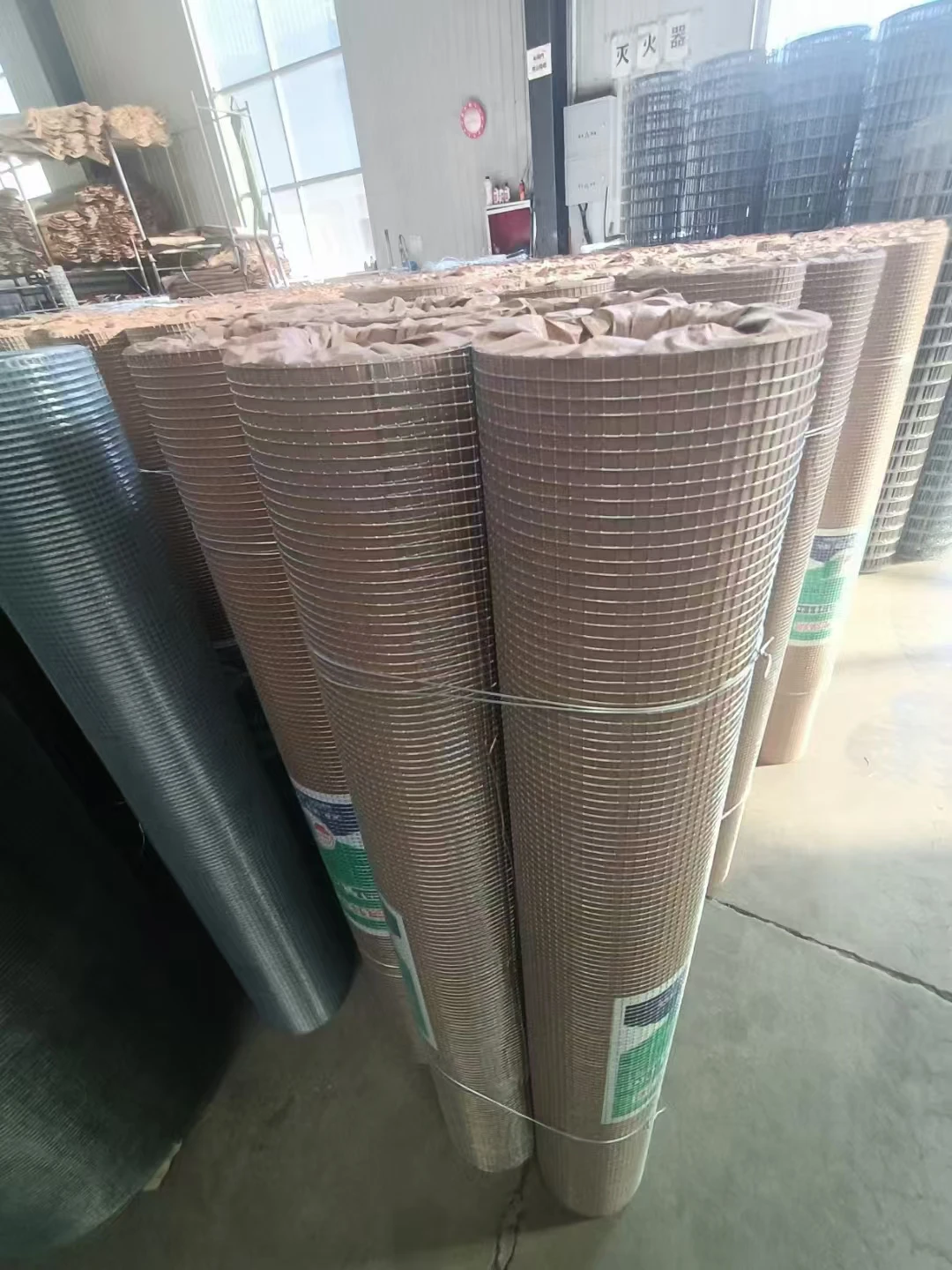-
 Afrikaans
Afrikaans -
 Albanian
Albanian -
 Amharic
Amharic -
 Arabic
Arabic -
 Armenian
Armenian -
 Azerbaijani
Azerbaijani -
 Basque
Basque -
 Belarusian
Belarusian -
 Bengali
Bengali -
 Bosnian
Bosnian -
 Bulgarian
Bulgarian -
 Catalan
Catalan -
 Cebuano
Cebuano -
 China
China -
 Corsican
Corsican -
 Croatian
Croatian -
 Czech
Czech -
 Danish
Danish -
 Dutch
Dutch -
 English
English -
 Esperanto
Esperanto -
 Estonian
Estonian -
 Finnish
Finnish -
 French
French -
 Frisian
Frisian -
 Galician
Galician -
 Georgian
Georgian -
 German
German -
 Greek
Greek -
 Gujarati
Gujarati -
 Haitian Creole
Haitian Creole -
 hausa
hausa -
 hawaiian
hawaiian -
 Hebrew
Hebrew -
 Hindi
Hindi -
 Miao
Miao -
 Hungarian
Hungarian -
 Icelandic
Icelandic -
 igbo
igbo -
 Indonesian
Indonesian -
 irish
irish -
 Italian
Italian -
 Japanese
Japanese -
 Javanese
Javanese -
 Kannada
Kannada -
 kazakh
kazakh -
 Khmer
Khmer -
 Rwandese
Rwandese -
 Korean
Korean -
 Kurdish
Kurdish -
 Kyrgyz
Kyrgyz -
 Lao
Lao -
 Latin
Latin -
 Latvian
Latvian -
 Lithuanian
Lithuanian -
 Luxembourgish
Luxembourgish -
 Macedonian
Macedonian -
 Malgashi
Malgashi -
 Malay
Malay -
 Malayalam
Malayalam -
 Maltese
Maltese -
 Maori
Maori -
 Marathi
Marathi -
 Mongolian
Mongolian -
 Myanmar
Myanmar -
 Nepali
Nepali -
 Norwegian
Norwegian -
 Norwegian
Norwegian -
 Occitan
Occitan -
 Pashto
Pashto -
 Persian
Persian -
 Polish
Polish -
 Portuguese
Portuguese -
 Punjabi
Punjabi -
 Romanian
Romanian -
 Russian
Russian -
 Samoan
Samoan -
 Scottish Gaelic
Scottish Gaelic -
 Serbian
Serbian -
 Sesotho
Sesotho -
 Shona
Shona -
 Sindhi
Sindhi -
 Sinhala
Sinhala -
 Slovak
Slovak -
 Slovenian
Slovenian -
 Somali
Somali -
 Spanish
Spanish -
 Sundanese
Sundanese -
 Swahili
Swahili -
 Swedish
Swedish -
 Tagalog
Tagalog -
 Tajik
Tajik -
 Tamil
Tamil -
 Tatar
Tatar -
 Telugu
Telugu -
 Thai
Thai -
 Turkish
Turkish -
 Turkmen
Turkmen -
 Ukrainian
Ukrainian -
 Urdu
Urdu -
 Uighur
Uighur -
 Uzbek
Uzbek -
 Vietnamese
Vietnamese -
 Welsh
Welsh -
 Bantu
Bantu -
 Yiddish
Yiddish -
 Yoruba
Yoruba -
 Zulu
Zulu
High-Strength Steel Reinforcement Mesh for Durable Construction Supplier
- Introduction to Steel Reinforcement Mesh in Modern Construction
- Technical Advantages Over Traditional Reinforcement Methods
- Performance Comparison: Leading Manufacturers Analyzed
- Customized Solutions for Diverse Project Requirements
- Real-World Applications Across Industries
- Installation Best Practices and Maintenance Insights
- Future Outlook: Reinforcing Construction Standards

(steel reinforcement mesh)
Understanding Steel Reinforcement Mesh Fundamentals
Steel reinforcement mesh has revolutionized structural integrity in concrete applications, with global market projections estimating 5.8% CAGR growth through 2030. This prefabricated grid system combines high-tensile steel wires welded at precise intersections, delivering 42% greater load distribution efficiency compared to loose rebar arrangements.
Technical Superiority in Construction
Modern steel fabric reinforcement mesh offers three critical advancements:
- ▪️ 15-20% reduction in concrete usage through optimal spacing configurations
- ▪️ 650-850 MPa yield strength variants for different load requirements
- ▪️ Galvanized coatings providing 25+ year corrosion resistance
Manufacturer Performance Benchmarking
| Brand | Tensile Strength (MPa) | Corrosion Resistance | Price/Tonne (USD) |
|---|---|---|---|
| RebarMesh Pro | 785 | Class 3 | $1,450 |
| StructSteel Fabric | 820 | Class 4 | $1,620 |
| Forticon Grid | 750 | Class 3 | $1,380 |
Tailored Engineering Solutions
Advanced manufacturers now provide:
- 1. Custom panel sizes (2m×6m to 3m×12m)
- 2. Variable wire diameters (5mm-12mm)
- 3. Epoxy-coated variants for marine environments
Industry-Specific Implementations
A 2023 case study demonstrated:
"The Sydney Metro expansion utilized 18,000m² of Class 4 mesh steel reinforcement, reducing installation time by 37% compared to conventional methods."
Optimized Installation Protocols
Proper handling ensures maximum performance:
- ▶︎ Maintain 40mm minimum concrete cover
- ▶︎ Use ISO 1461-compliant spacers
- ▶︎ Limit on-site cutting to <10% of total area
Steel Reinforcement Mesh as Construction Cornerstone
With 92% of civil engineers specifying steel fabric reinforcement mesh in their projects, the material continues to dominate structural applications. Ongoing developments in high-carbon alloy compositions promise 15-20% strength improvements in next-generation products.

(steel reinforcement mesh)
FAQS on steel reinforcement mesh
Q: What is steel reinforcement mesh used for in construction?
A: Steel reinforcement mesh strengthens concrete structures by providing tensile strength. It prevents cracking and enhances durability in slabs, walls, and pavements. Its grid pattern ensures even load distribution.
Q: How does mesh steel reinforcement improve concrete performance?
A: Mesh steel reinforcement adds structural integrity to concrete by resisting tension forces. It minimizes shrinkage cracks and speeds up construction due to prefabricated sheets. This ensures uniformity and reduces labor costs.
Q: What are the types of steel fabric reinforcement mesh available?
A: Common types include square mesh, rectangular mesh, and trench mesh. Variations differ in wire thickness, spacing, and sheet sizes. Selection depends on project requirements like load capacity and concrete thickness.
Q: Why choose steel reinforcement mesh over traditional rebar?
A: Steel reinforcement mesh offers faster installation and consistent spacing compared to manual rebar placement. It reduces human error and suits large-scale projects like flooring and roadways. Prefabricated sheets also improve workflow efficiency.
Q: How to select the right steel fabric reinforcement mesh for a project?
A: Consider factors like concrete application, expected loads, and environmental conditions. Mesh size, wire diameter, and compliance with standards (e.g., ASTM) are critical. Consult engineering specifications to ensure optimal performance.
-
Why Nylon Mesh Netting is Revolutionizing Industrial and Commercial ApplicationsNewsJun.13,2025
-
Reinventing Reliability with Construction Wire MeshNewsJun.13,2025
-
Protect Your Crops with High-Performance Agricultural Netting SolutionsNewsJun.13,2025
-
Premium Breeding Net Solutions for Modern AquariumsNewsJun.13,2025
-
Precision Filtration Solutions for Industrial and Commercial NeedsNewsJun.13,2025
-
Advanced Industrial Mesh Solutions for Every ApplicationNewsJun.13,2025











